Cavalry Units
Cavalry (from the French word cavalerie, itself derived from “cheval” meaning “horse”) are soldiers who fight mounted on horseback. Cavalry were historically the most mobile of the combat arms, operating as light cavalry in the roles of reconnaissance, screening and harassing in many armies, or as heavy cavalry for decisive shock attacks in other armies. An individual soldier in the cavalry is known by a number of designations depending on era and tactics, such as cavalryman, horseman, trooper, cataphract, hussar, lancer or dragoon. The designation of cavalry was not usually given to any military forces that used other animals for mounts, such as camels or elephants. Infantry who moved on horseback, but dismounted to fight on foot, were known in the 17th and early 18th centuries as dragoons, a class of mounted infantry which in most armies later evolved into standard cavalry while retaining their historic designation.
Showing all 19 results
-

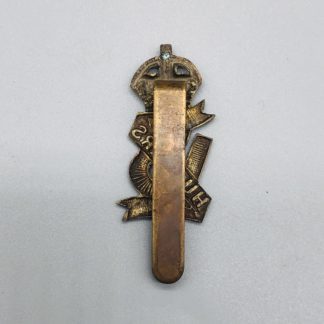
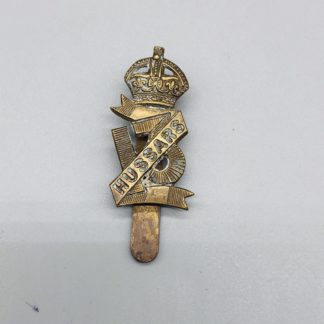
13th Hussars Cap Badge
13th Hussars Cap Badge constructed in brass depicts a number 13 in the centre with a scroll going through the centre with the inscription Hussars, surmounted by King's Crown.
Product ID: 4125 £30.00View Details Add to Basket -




20th Hussars Cap Badge
20th Hussars cap badge constructed in brass, the badge depicts a letter "H" flanked by the 20 in roman numerals, surmounted by a King's crown.
Product ID: 4102 £39.99View Details Add to Basket -



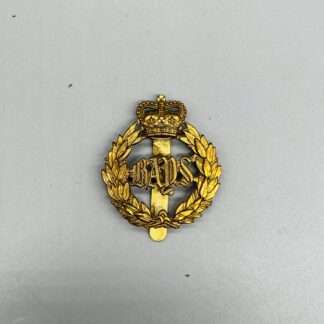
2nd Dragoon Guards (Queens Bays) Regimental Cap Badge
A 2nd Dragoon Guards (Queens Bays) regimental cap badge, die-stamped constructed in brass circa 1950s. The badge is in good condition complete with slider.
Product ID: 9585 £15.00View Details Add to Basket -

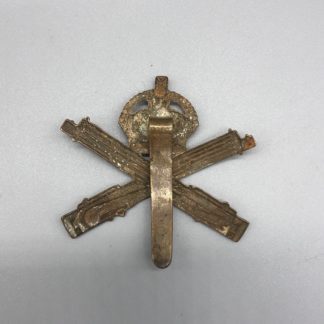

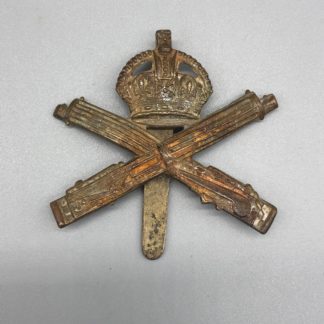
Machine Gun Corp Cap Badge
Original WW1 Machine Gun Corps Cap Badge, the badge depicts crossed Vickers machine guns surmounted by an Imperial (King's) crown. The reverse is complete with slider, in good condition.
Product ID: 3977 £30.00View Details Add to Basket -
Top

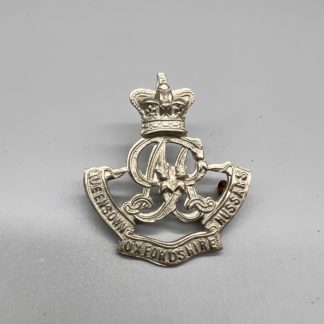
Queens Own Oxfordshire Hussars Queen’s Cap Badge
Authentic WW1 Queen's Own Oxfordshire Hussars cap badge, die-struck white metal complete with lugs on the reverse in good condition.
Product ID: 4329 £45.00View Details Add to Basket -

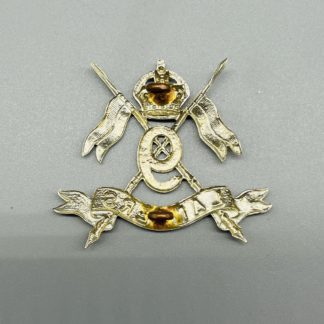

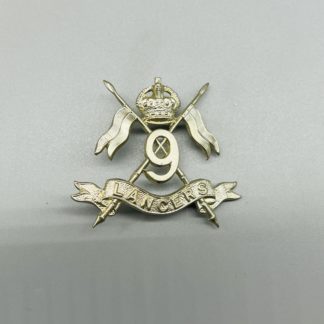
WW2 British 9th Queen’s Royal Lancers Cap Badge
A WW2 British 9th Queen's Royal Lancers Cap Badge, constructed in white metal which depicts crossed lances, surmounted by King's crown, with a scroll below bearing the inscription "Lancers". The reverse of the badge comes complete with two brass lugs, in good condition.
Product ID: 7507 £35.00View Details Add to Basket
Showing all 19 results

